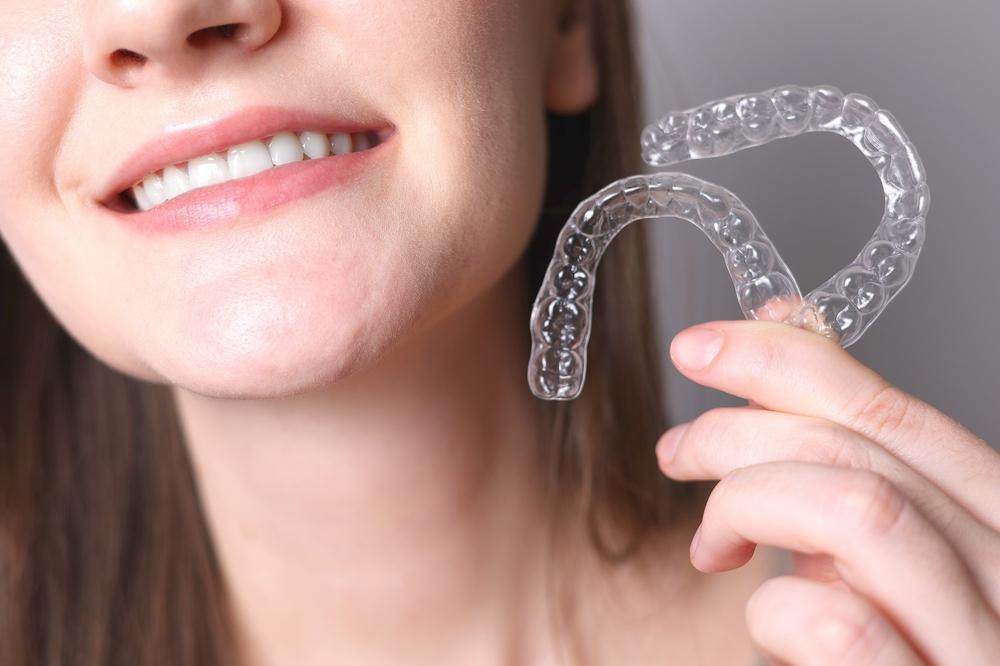Clear aligners work through a controlled and gradual process of tooth movement. Here is an overview of how the clear aligner system typically works:
1. Consultation and Treatment Plan: The orthodontist or dentist begins by examining the patient's teeth and creating a customized treatment plan. This involves taking impressions, X-rays, and photographs of the patient's teeth and oral structures.
2. 3D Digital Models: These diagnostic records are used to create 3D digital models of the patient's teeth. These models serve as the basis for designing the series of clear aligner trays needed for the treatment.
3. Clear Aligner Fabrication: Using computer-aided design (CAD) and computer-aided manufacturing (CAM) technology, a series of custom-made aligner trays are fabricated. Each tray is slightly different from the previous one, with small adjustments to move the teeth progressively.
4. Wearing the Aligners: The patient is provided with a set of aligners and instructed to wear each tray for a specified period, usually around 20-22 hours a day. The aligners are removable, but they should be worn consistently to achieve the desired results.
5. Gradual Tooth Movement: As the patient progresses through the series of aligners, each tray exerts gentle pressure on the teeth, causing them to shift gradually. This controlled force repositions the teeth to the predetermined alignment.
6. Regular Check-ups: Patients typically have periodic check-up appointments with their orthodontist or dentist to monitor progress and receive the next set of aligners in the series.
7. Treatment Completion: Once the patient has worn all the aligners in the series, their teeth should have moved into their desired positions, and the treatment is considered complete.
Clear aligners offer several advantages, such as the ability to remove them for eating, brushing, and flossing, as well as their nearly invisible appearance. However, successful treatment requires patient compliance and following the orthodontist's recommendations closely.











